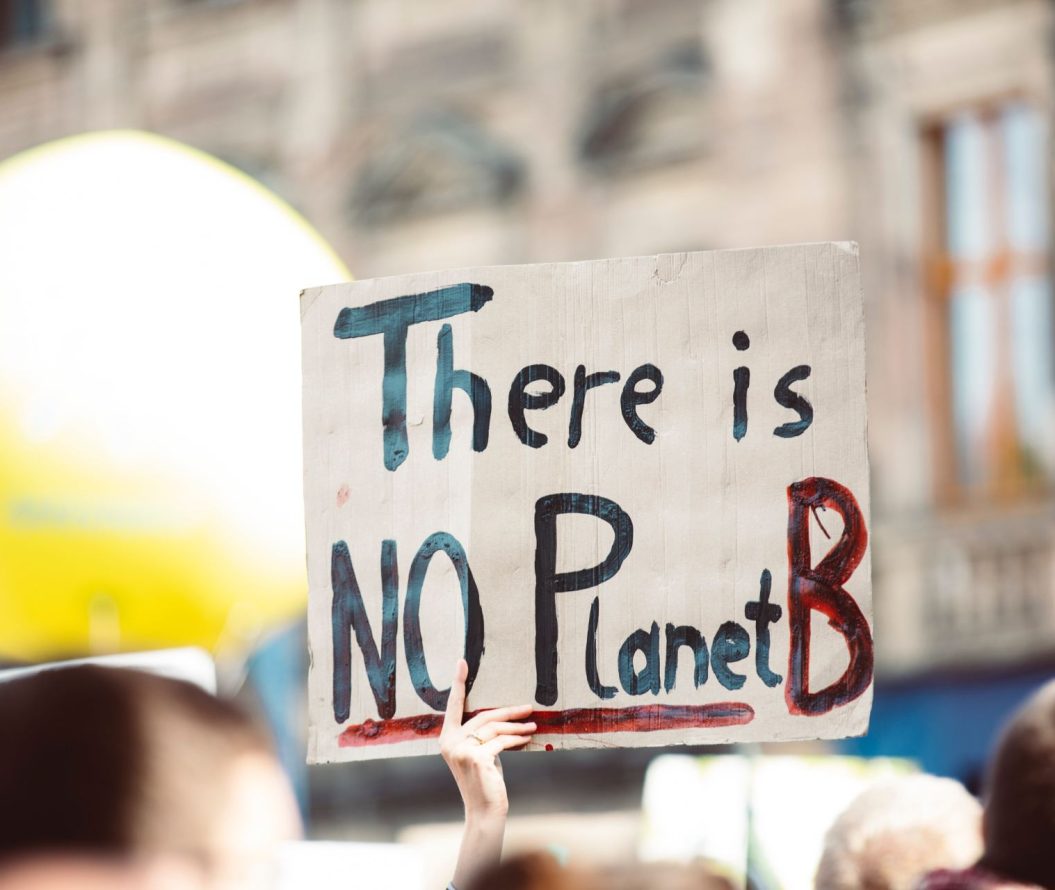Hi there! My name is Alex and I'm currently undertaking my Creative Writing PhD at the University of Lincoln. I'm a big fan of lots of streaming services, books, and am a published poet! I aspire to be a multi-genre,…
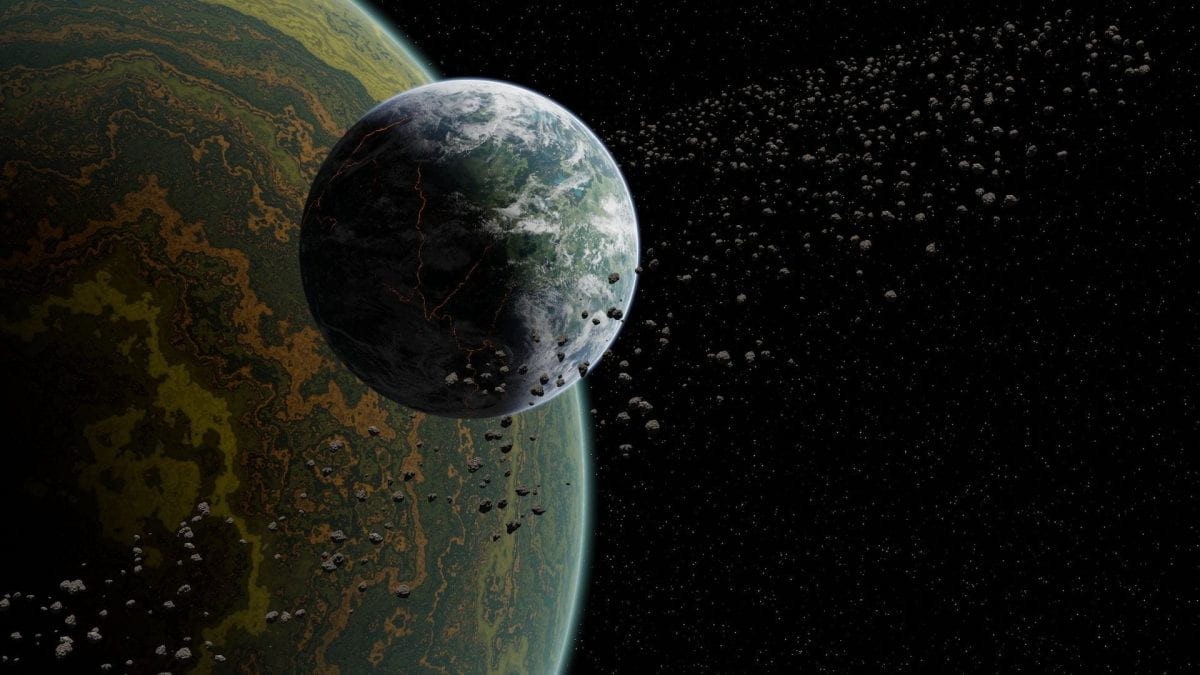
Historical Asteroid Impacts
Throughout history on our planet, both in ancient times and very recently, there have been instances of what scientists call…
June 30, 2023,
read.
Throughout history on our planet, both in ancient times and very recently, there have been instances of what scientists call NEOs (near-Earth objects) having a great impact on our planet. Sometimes these objects reach Earth and collide with its surface, or they explode above the ground, as a result of the masses of energy they release as they enter our planet’s atmosphere. Impacts from asteroids in space are considered just as natural as volcanoes or earthquakes and contribute to shaping the very surface of our world. The vast majority of impacts such as these only really come from small objects, but there have been a few fascinating exceptions, some of which I’m going to detail for you in this article.
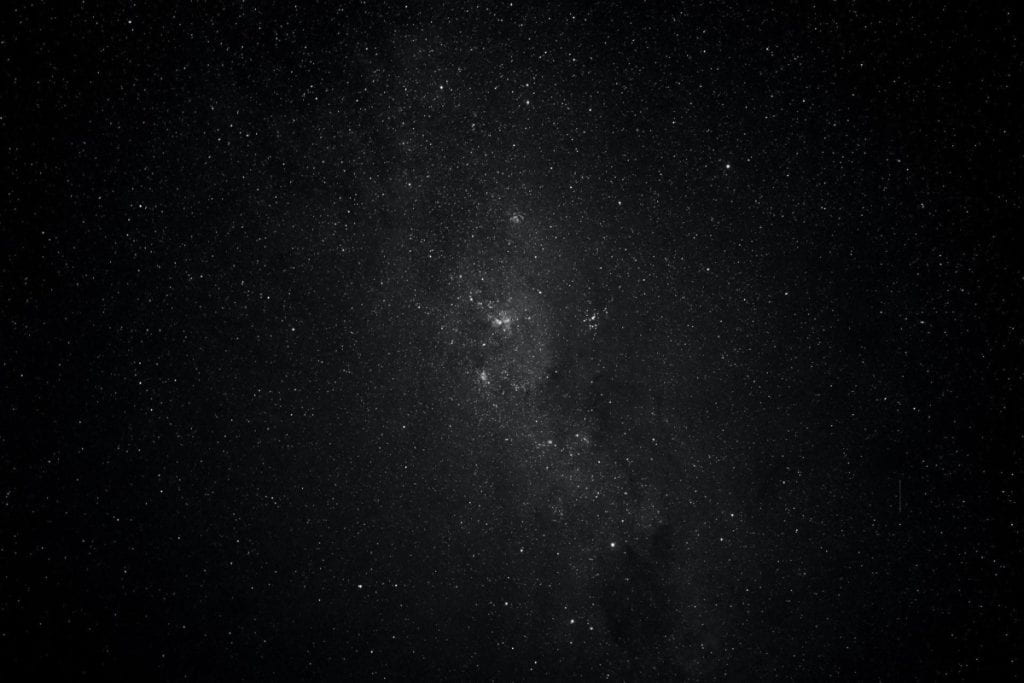
The Chelyabinsk Impact
In 2013, an asteroid which measured 20 metres in diameter entered Earth’s atmosphere above the city of Chelyabinsk in Russia. It exploded while it was still in the air as a result of entering our atmosphere, and released the amount of energy equivalent to that of 500 kilotons of TNT! Luckily it did not reach the surface of the planet, instead exploding approximately 30 kilometres above the surface, and therefore not causing any direct damage. However, the event did create a significant shockwave which injured 1,500 people and caused damage to a huge total of 7,200 buildings across six different cities. Most people were injured because their curiosity coaxed them outside, after seeing the bright flash and coming to their windows to see more. The shock wave shattered many of these windows, and the majority of injuries were brought about by flying glass.
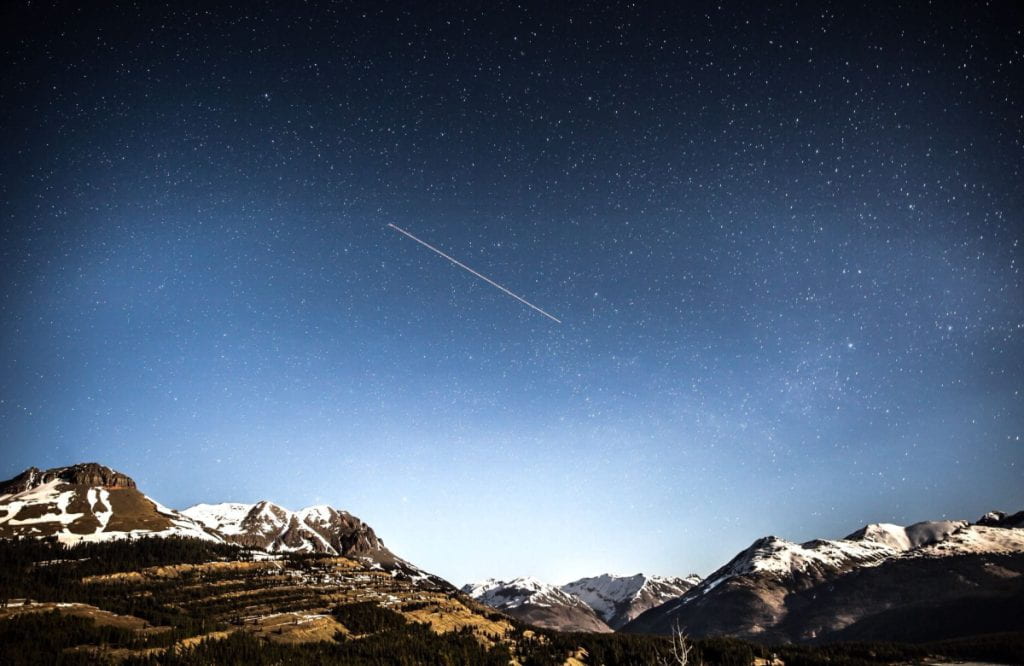
The Tunguska Impact
Well over a century ago in 1908, an asteroid (or potentially a comet) measuring about 30 metres in diameter entered the atmosphere and exploded above ground in Tunguska, Russia in a similar fashion to that of the Chelyabinsk object. The explosion ended up knocking down a colossal 80 million trees, spanning an area of approximately 2,150 square kilometres (or 830 square miles). Scientists and historians all estimate that this explosion was 1,000 times more powerful than the explosion of the atomic bomb at Hiroshima, and had this event taken place over a highly populated area, that city would have been destroyed. Luckily it happened in an area of Siberia which was incredibly remote at this time, and current records indicate that thankfully no one lost their life as a result of the event.
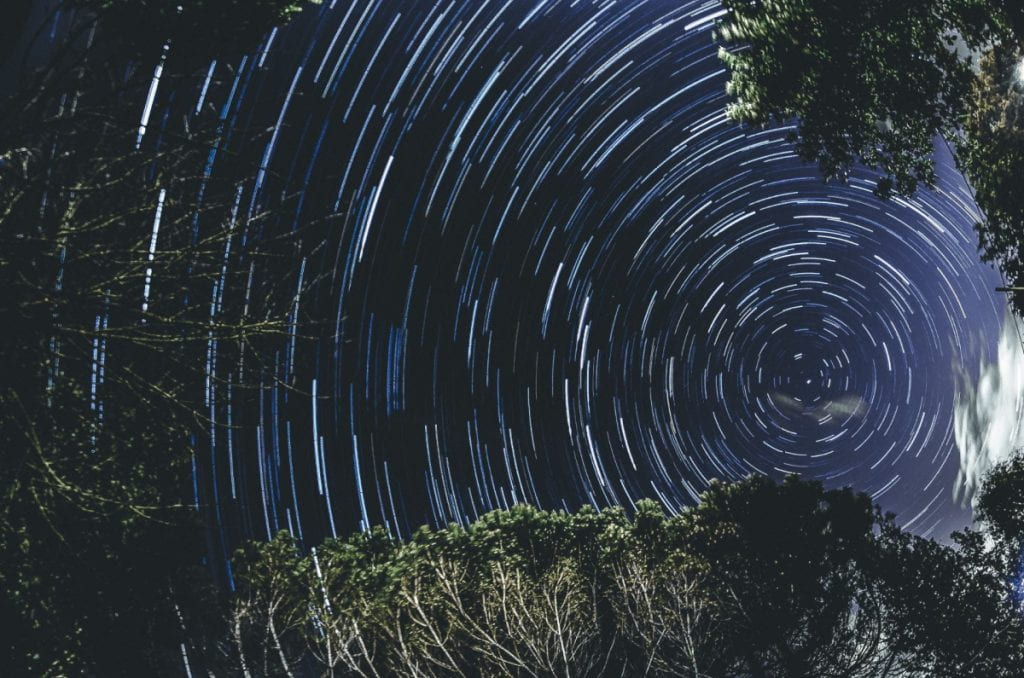
The Chicxulub Impact
Though you may not know this event by name, it is one that almost everyone across the world is familiar with. Approximately 65 million years ago, an asteroid around 10-15 kilometres in diameter hit Earth in what is now the country of Mexico. The impact was utterly catastrophic and killed 70% of all species on Earth at this time, including the dinosaurs. An impact of this magnitude would have had truly devastating effects beyond even this, as indicated by the geological records we currently have access to for analysis. The asteroid seems to have landed in the water, causing mega-tsunamis spanning from Mexico to Texas, Florida, and even up to the current Great Plains. The intense heat caused by the material’s entry through the atmosphere would have led to intense wildfires, and it’s this that could have burned every single one of Earth’s forests, with shockwaves also causing earthquakes and volcanic eruptions. Also, a cloud of super-heated dust, ash and steam would have spread from the largest impact crater, which in theory may have covered the entire planet’s surface for up to a decade, creating a harsh environment for the minimal life which survived everything else.

